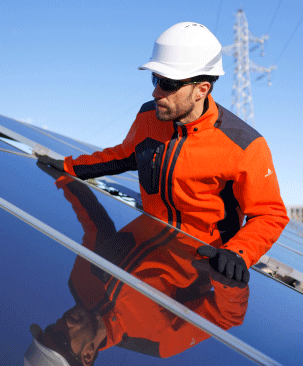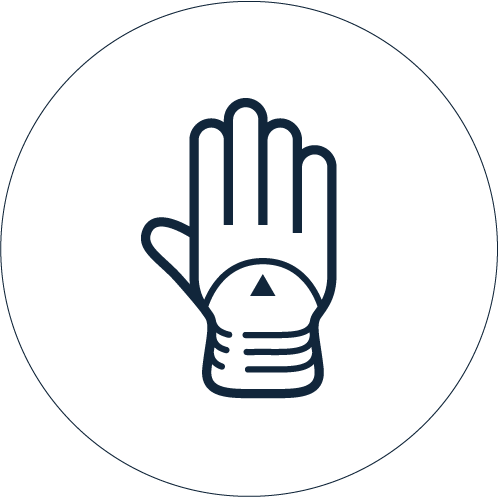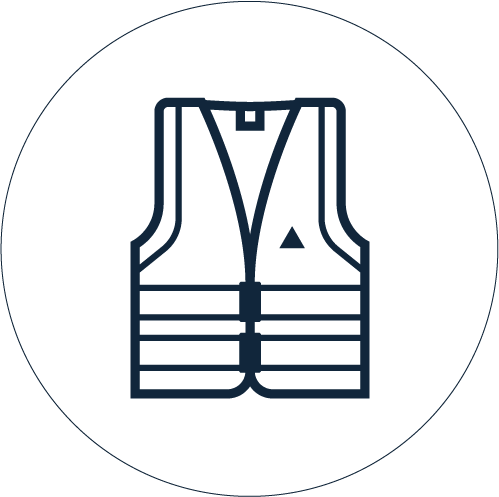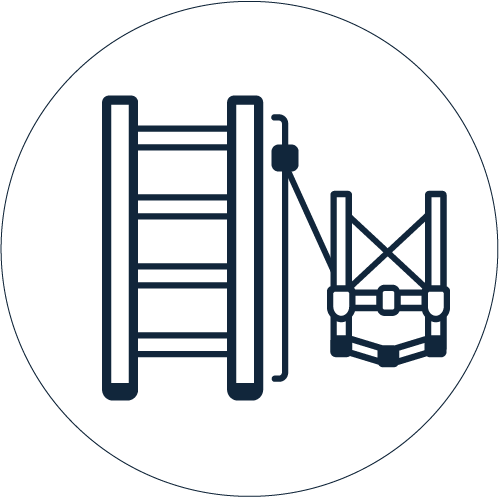Norme e direttive
dobbiamo gestire requisiti che possono essere molto diversi tra paesi o regioni.
L’obiettivo comune dei nostri product manager e dei nostri reparti è quello di offrire prodotti affidabili, durevoli e performanti nel rispetto del regolamento e/o delle norme di ogni territorio in cui vengono utilizzati.


















































